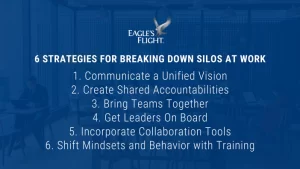Contents
Introduction
When people think about what makes a great team great, they often gloss over “effort.” After all, it seems a bit obvious to say that a team can only succeed by putting in hard work.
But for teamwork in the workplace to be truly effective, the definition of team effort must extend beyond “working hard.” Effective effort involves three key components: enthusiasm, consistency, and a united commitment. In fact, consistent, united, and enthusiastic effort is so important to team success that we’ve named it one of our “seven cornerstones of teamwork,” which make up the foundation for exceptional teamwork in the workplace. Read on to see which component of effort your team might be missing:
Enthusiasm
Armed with shiny, new resources (or budgets) and a well-defined goal, teams often start off incredibly excited to tackle the task at hand. That excitement, however, comes in waves—morale is high at the launch of the project and gets another boost at the completion of big phases, but it dissipates between these peaks when the hard work must be put in. Unfortunately, that’s when teams need an injection of enthusiasm the most!












